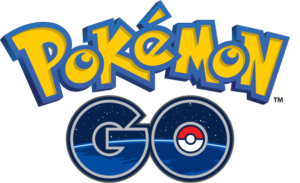
One of the games I love is Pokemon Go, which is an augmented reality mobile game developed and published by Niantic in collaboration with Nintendo and The Pokémon Company. The game has a variety of aesthetics goals, including sensation, fantasy, fellowship, discovery, expression and submission. Here, we would focus on its goal as discovery, and analyze the dynamics and mechanics related to it.
The aesthetics goal as discovery is most prominent in the Pokemon collection part of the game. In this part of the game, exploration and discovery are much emphasized, and put into a more important position than challenge, which means that the optimal dynamics here is not combating or competition, but rather having the player discover pokemons that haven’t been owned by them previously, and explore the city through the lens of the game. Thus, the mechanics for catching Pokemon in this game is relatively simpler than other installment of the Pokemon series, in which you need to battle with wild Pokemons to catch them. Here, the mechanics for catching is that the player just needs to throw a ball at the Pokemon, and whether the Pokemon could be caught are not dependent on chances calculated by the inner algorithm of the game.
There wouldn’t be tactics more than the most simple ones (click and flick the ball) needed in catching a Pokemon, and there aren’t a complicated variety of balls for the player to use. The balls are usually from spinning the gym or the pokestops on the road, represented by important landmarks of the real city, even though you could purchase them in the shop, but spinning is still the most important way to get them, which would allow the players to pay attention to these gyms and pokeposts, then, consecutively, pay attention to the important landmarks of the real city. In this way, the game is using a reward system for people to mindfully explore the city both in the game and outside the game by making players aware of the environment. Augmented reality allows the player to explore the game world as well as the outside world.
Other mechanics related to the discovery goal include a wide variety of Pokemons, the randomness of the appearance of the Pokemons, and special Pokemons in holidays and other special occasions. This makes sure that there’s almost always something new, something unexpected when the player logs into the game. There’s also an empty encyclopedia of Pokemons waiting to be filled by the player’s catching, which creates the imperative for the player to engage and interact with these new elements appearing in the game.


